During a Great Depression radio address from Glacier National Park, President Franklin Delano Roosevelt declared, "there is nothing so American as our national parks." Amid another national reckoning, it's natural for today’s Americans to turn to the parks for a respite from the restrictions of pandemic life.
But the promise of wide-open spaces comes with a set of complications, especially with crowds gathering at popular viewpoints, cultural sites and trails. As parks across the country began reopening in phases during May, they did so with a cautious eye on the risk to visitors and to the people who keep the parks, tour companies and nearby towns running.
"People need to expect that this summer is not going to be like the last time they visited," says Jeff Axel, spokesman for Utah’s Zion National Park.
It’s up to the visitors
The ten most popular parks have all reopened in some way. Every park is different. When Zion reopened in May, capacity was limited to what the parking lots could hold, and they often filled within a couple of hours of opening. Some areas of the park are off-limits, including Kolob Canyons and the snaking Angels Landing trail, because the safety chains that hikers hold are a transmission surface. Climbing, canyoneering and overnight backpacking are forbidden. Shuttle buses sat unused because they do not support social distancing and cannot be sanitized for each ride. As a result, Axel says, park attendance has dropped to roughly a third to half of normal.
Zion staffers are monitoring social distancing among the crowds, he says. "If we have to impose restrictions again, because of that, we'll look at it. But as we walk the trails we're seeing, for the most part, people are doing the social distancing we've asked and that's great."
On May 9, during the reopening of Great Smoky Mountains National Park in Tennessee and North Carolina, cars backed up on the road to a waterfall, and visitors ignored barricades onto some closed trails. Dana Soehn, the park's spokesperson, says crowds eased in subsequent weeks as visitors were reminded not to take a congested trail that didn't allow for social distancing.
Like their counterparts at Zion, Great Smoky staffers are not policing social distancing. "It can be frustrating for our staff and our visitors to see crowds of people who have still chosen to go to those congested areas," Soehn says. "But we're also mindful that it's not worth the risk of exposure to our employees or our volunteers to engage and try to enforce social distancing guidance. We're putting that responsibility on the visitors themselves."
The state-by-state variations in COVID regulations affect the parks, too. At Yellowstone National Park, closures in Montana meant that two entrances on the Wyoming side were the only ways in, and visitor numbers dropped considerably after a mid-May reopening (but were expected to climb in the weeks that followed). The park provided masks, face shields and gloves to employees. It placed signage and purchased disinfectant sprayers for restrooms. In a statement, Superintendent Cam Sholly told visitors to look out for themselves: "If you are not comfortable being in places where other visitors are not wearing masks, I suggest one of two things: 1) plan your visit for another time and don’t come to the park now; or 2) don’t put yourselves in situations where you’re around visitors who are not following health recommendations."
Points of interest, points of infection?
Kristen Brengel, senior vice president of government affairs for the National Parks Conservation Association (NPCA), watched via webcams when Yellowstone opened. What she saw: a lack of distancing and masks even at popular areas, such as the boardwalk at Old Faithful.
Although America’s national parks encompass 52 million acres, visitors inevitably gather at must-see attractions: the Delicate Arch in Arches National Park, the Hurricane Ridge Visitor Center in Olympic National Park, and The Amphitheater in Bryce National Park. Brengel says the parks are designed to get people to those places via roads and trails. "That's one of the great things about visiting national parks,” she says, “but in the time of a pandemic it means crowded conditions could expose people to the virus."
Brengel hopes the park service will consider staggered admission times as the summer crowds arrive, something that's an option in the government's reopening plan, acquired by NPCA and shared with Smithsonian magazine. "This is unlike any other time you could visit a national park," Brengel adds. "You really have to think ahead quite a bit and check the websites and make sure you know where you're going and think through how comfortable you are with crowded conditions."
Caroline Buckee agrees. An associate professor of epidemiology at Harvard University's T.H. Chan School of Public Health who studies the spread of infectious diseases, Buckee says hiking in the parks is a healthy, low-risk activity, but gathering at attractions and in campsites with shared bathrooms is trouble.
"National parks draw people from all over the place and what that means is they can be hotspots for the importation of the virus," she says. "Users hopefully are aware that this is a shared resource and we need to protect everybody to benefit from it."
Support staff
For the companies inside and outside park boundaries that supply lodging, meals and other amenities, reopening also means a new normal. Betsy O'Rourke is the chief marketing officer for Xanterra, which operates restaurants and lodging at popular destinations including the Grand Canyon, Zion and Glacier. She says Xanterra has added a health and safety page to the websites of lodges, which is updated as conditions change. Bus tours have been canceled through June due to social distancing rules. All restaurants will serve grab and go only to begin the summer.
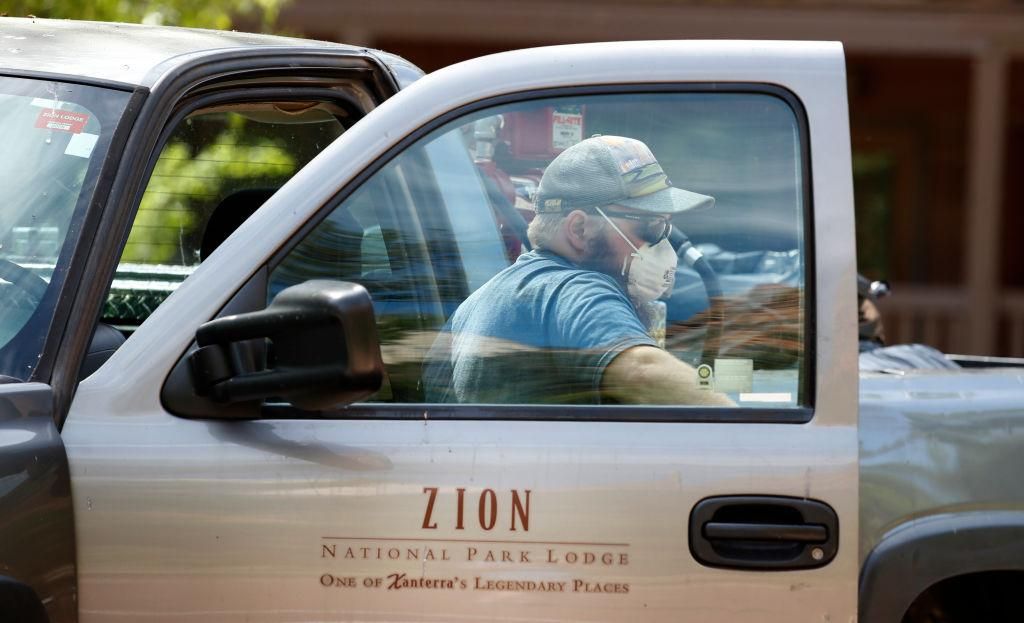
Xanterra relies on seasonal workers, and because social distancing means only one employee to a room, the company is short-staffed, but maintaining guest safety during these times requires a lot of work. Guests are updated by email about any changes to their plans. Hand sanitizers have been added throughout the properties. Employees will wear face coverings inside. Areas where lines may form are marked for social distancing. Room cleaning has been upgraded so touchpoints are sanitized. To lessen contact, the housekeeping staff will not freshen rooms after check-ins, although items like towels and soap will be delivered. "You have the security as a guest knowing that no one else is going to enter your room," O’Rourke says.
"One of the things that we're banking on is shared responsibility from all of our guests,” she says. “We're saying, ‘Hey, we're going to do everything we can to create a great environment for all of us’ and this is what we need from you to contribute to keeping everybody in the safest possible environment."
Nathan Wells, president of the Zion Canyon Visitors Bureau, is seeing the ups and downs of reopening in Springdale, the town that abuts the southern border of Zion. Wells says 24 of the town’s 30 restaurants reopened on Memorial Day weekend. He manages Zion Canyon Village, which includes a lodge and a brewpub. It also just reopened. “Even with historically lower visitation numbers,” he says, “several of the gift shops and restaurants reported having some of their best sales days on record. It seems that after months of quarantine, many Zion visitors were as anxious to spend a little extra cash as they were to spend time in nature.”
For Brian Merrill, the chief executive officer of Western River Expeditions, which offers rafting trips through the Grand Canyon and Canyonlands National Park, there have been a few cancellations, but speaking by phone with customers and explaining the company's safety precautions has kept most people on board. Before the trip and each day on the trip, participants will have their temperature and oxygen levels checked. They will be asked to wear masks in some situations. Guides have been trained in sanitation protocols. Transport buses will be sanitized after every run. Western River will add boats where needed, to distance parties not traveling together. "It's a more aggressive management of our boatloads and where people sit on which rafts, which will cause us to use a lot more rafts," he says.
National parks had more than 327 million visitations last year; they certainly won't reach that figure in 2020 as visitors weigh the risk. Buckee, who visited parks in the West when she lived in New Mexico, expects to head to one in the Northeast. Brengel, though, has postponed plans with her family. She enjoyed nine park service properties last year including Yellowstone, Acadia National Park and the Point Reyes National Seashore. But she won't add to that list this year.
"I have young kids and I want to bring them so they can enjoy it, but we've got to make sure everyone can stay safe," she says. "I think we'll take a break this summer. That's my personal choice."
Planning Your Next Trip?
Explore great travel deals
Smithsonian magazine participates in affiliate link advertising programs. If you purchase an item through these links, we receive a commission.
/https://tf-cmsv2-smithsonianmag-media.s3.amazonaws.com/filer/6b/d2/6bd2930b-3556-46cb-b6c4-30c60c25cb75/grand_canyon-mobile.jpg)
/https://tf-cmsv2-smithsonianmag-media.s3.amazonaws.com/filer/51/db/51dbb403-8fc2-4370-b74c-0f952edbe685/grand_canyon-header.jpg)
/https://tf-cmsv2-smithsonianmag-media.s3.amazonaws.com/accounts/headshot/jim-morrison-240.jpg)
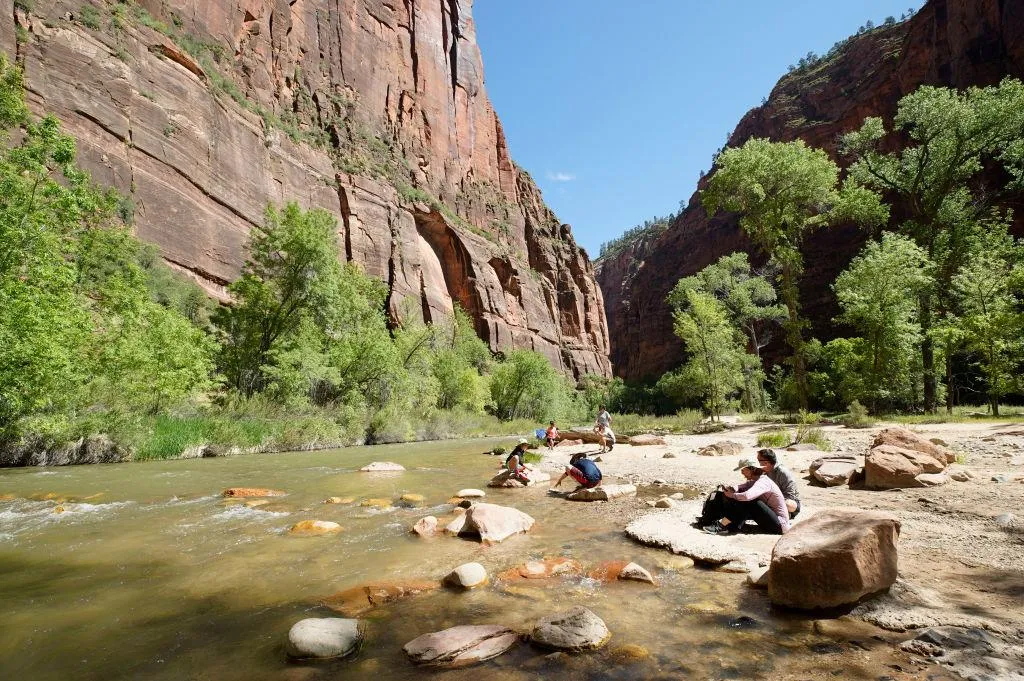
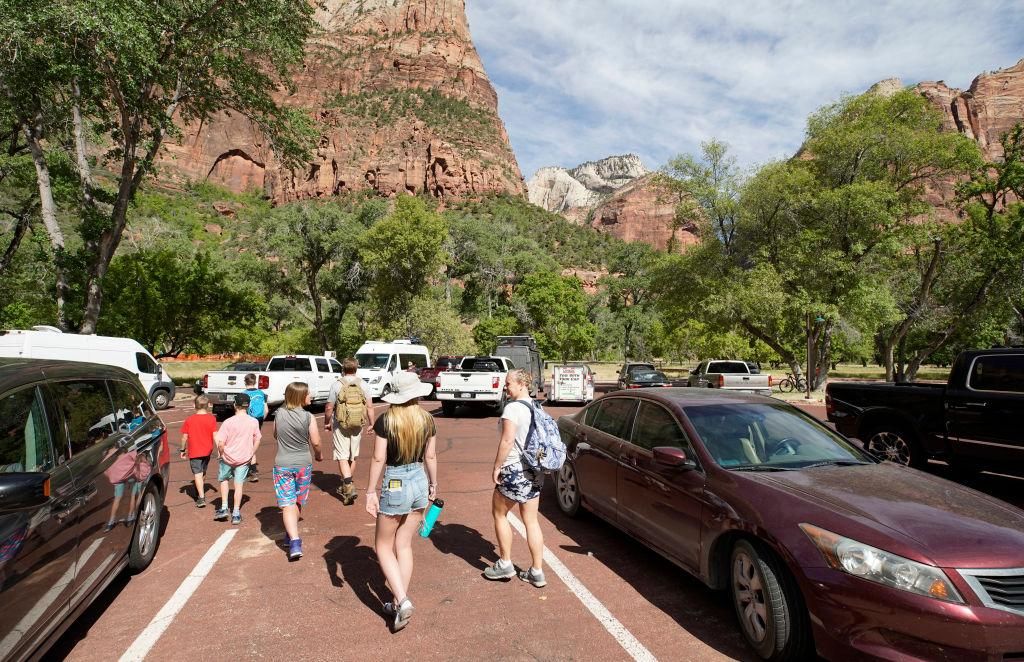
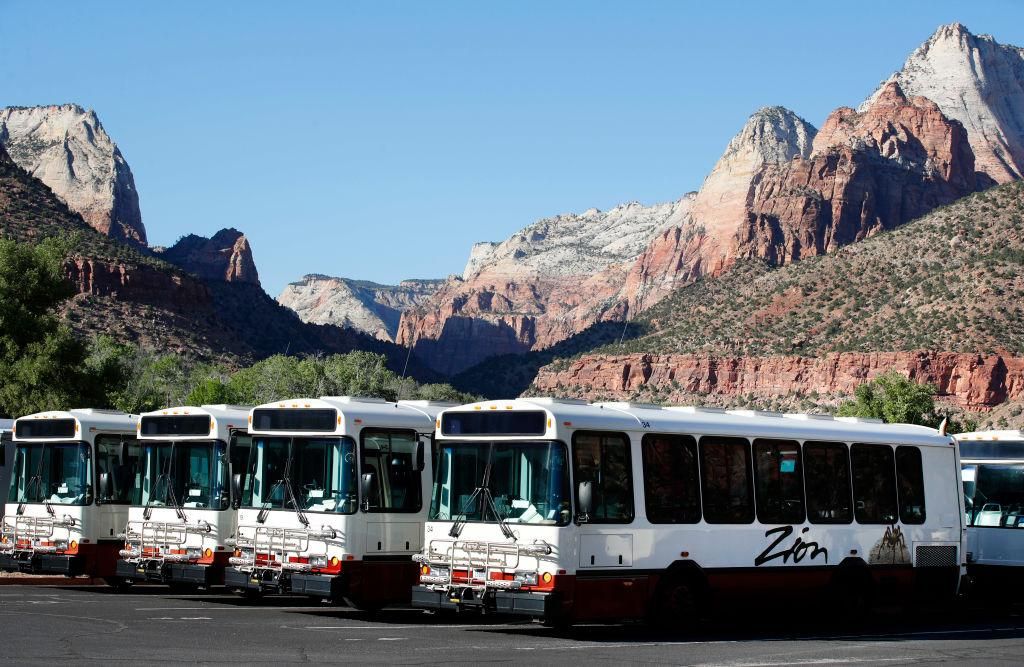
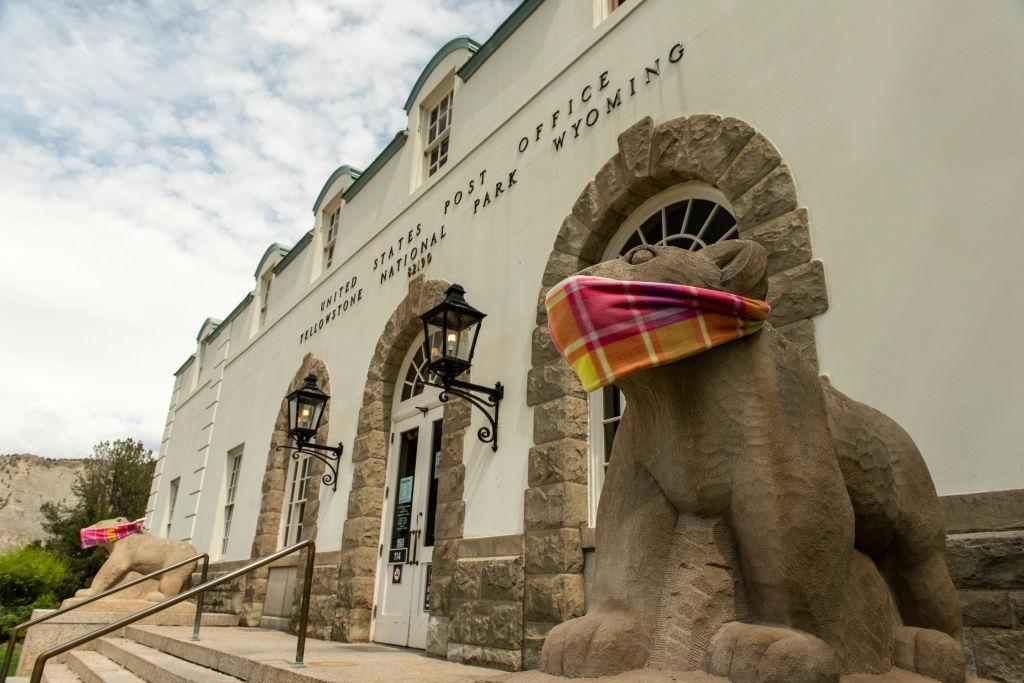
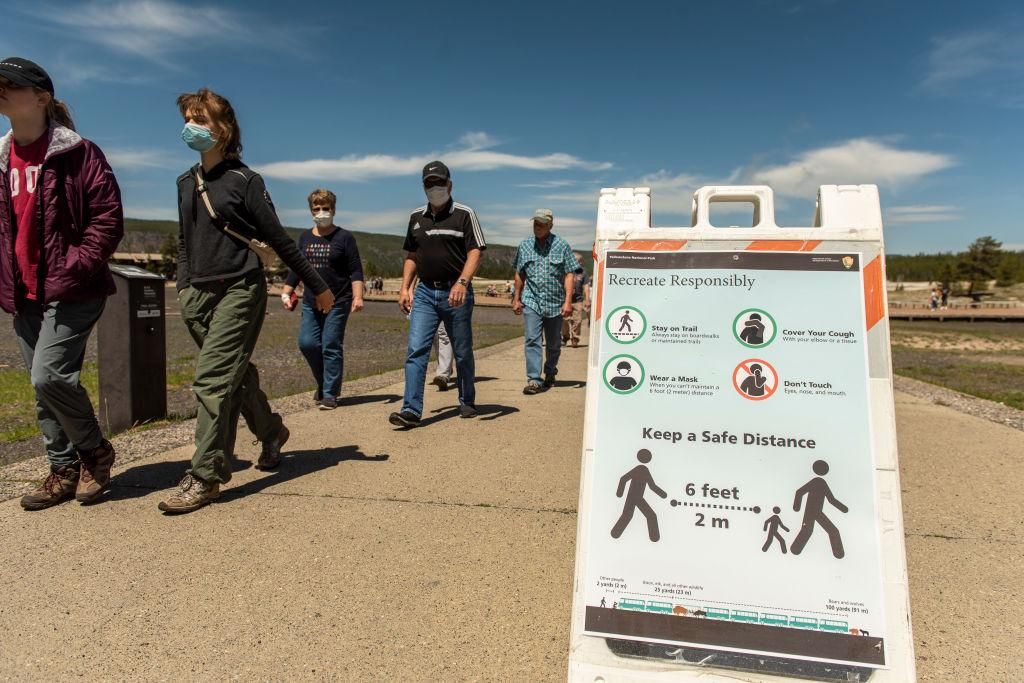
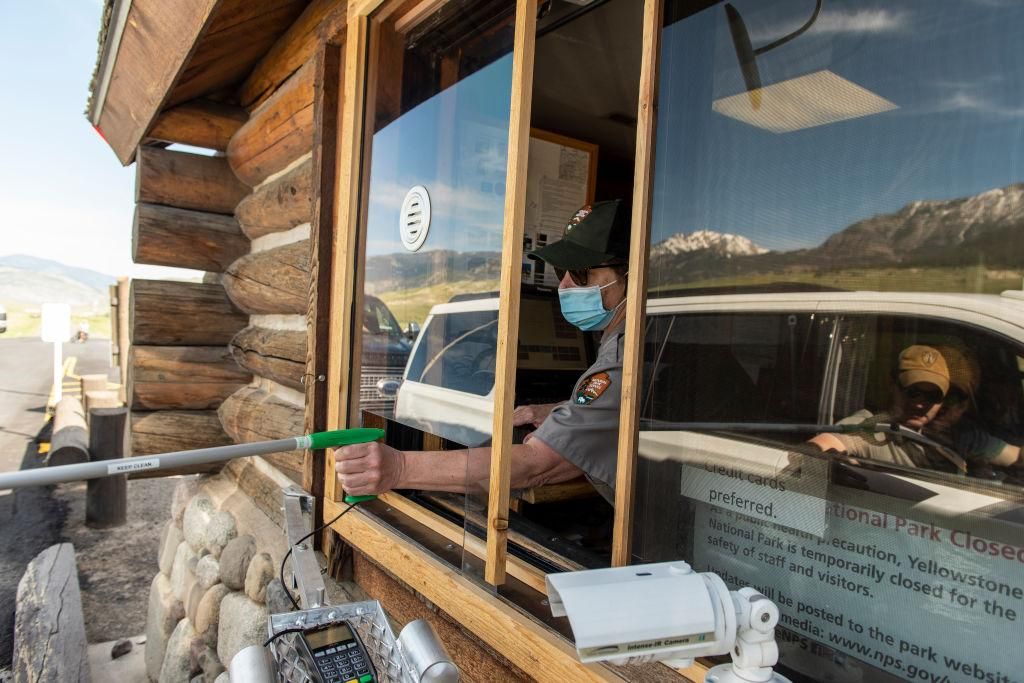
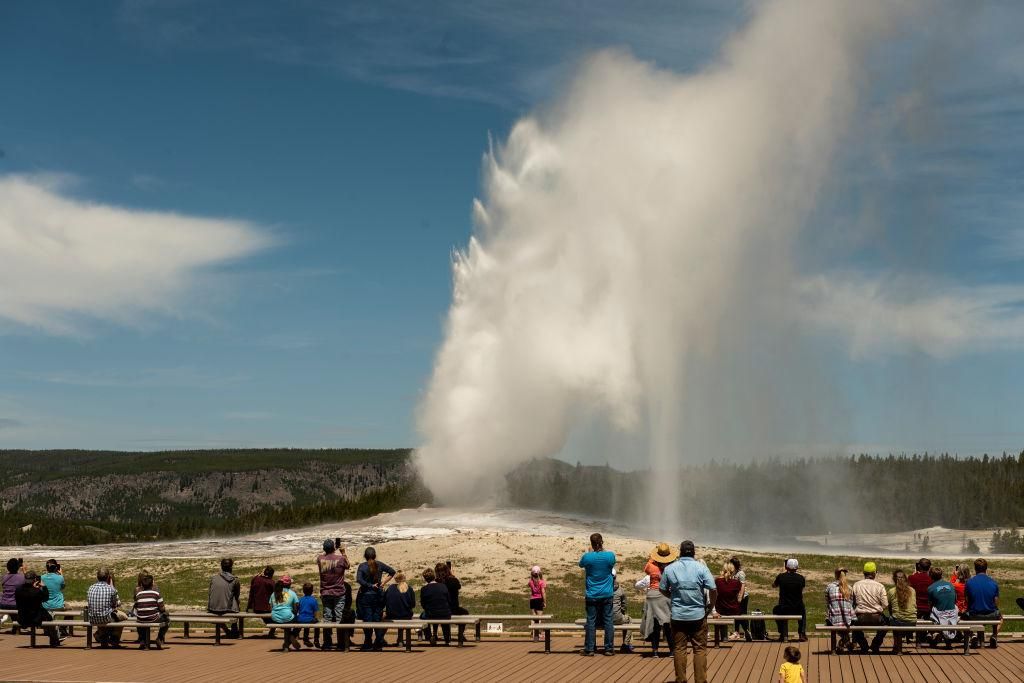
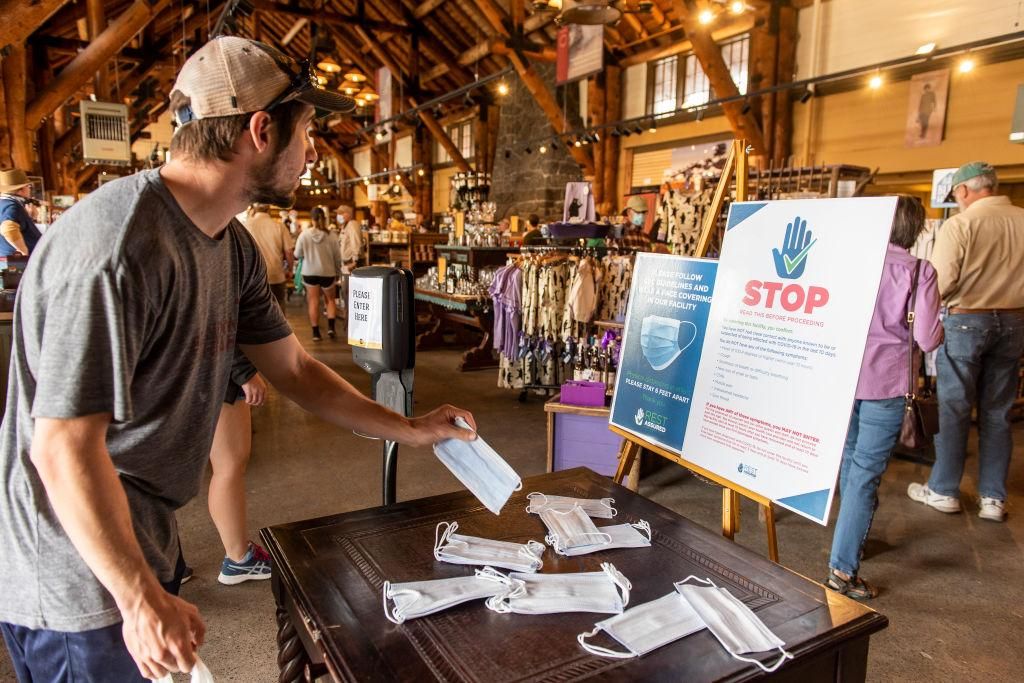
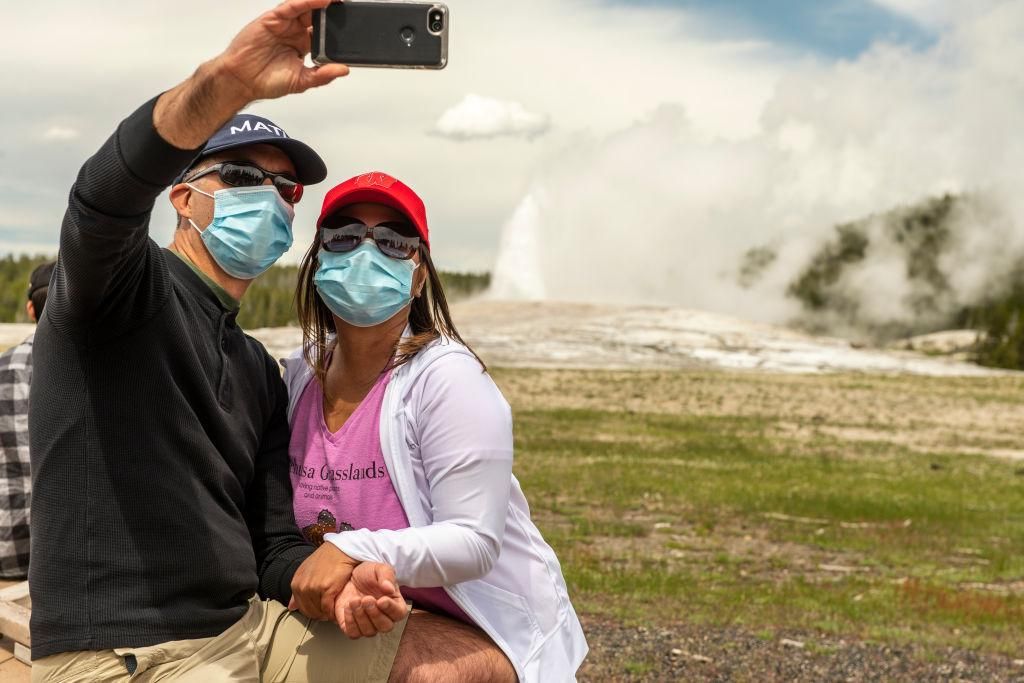
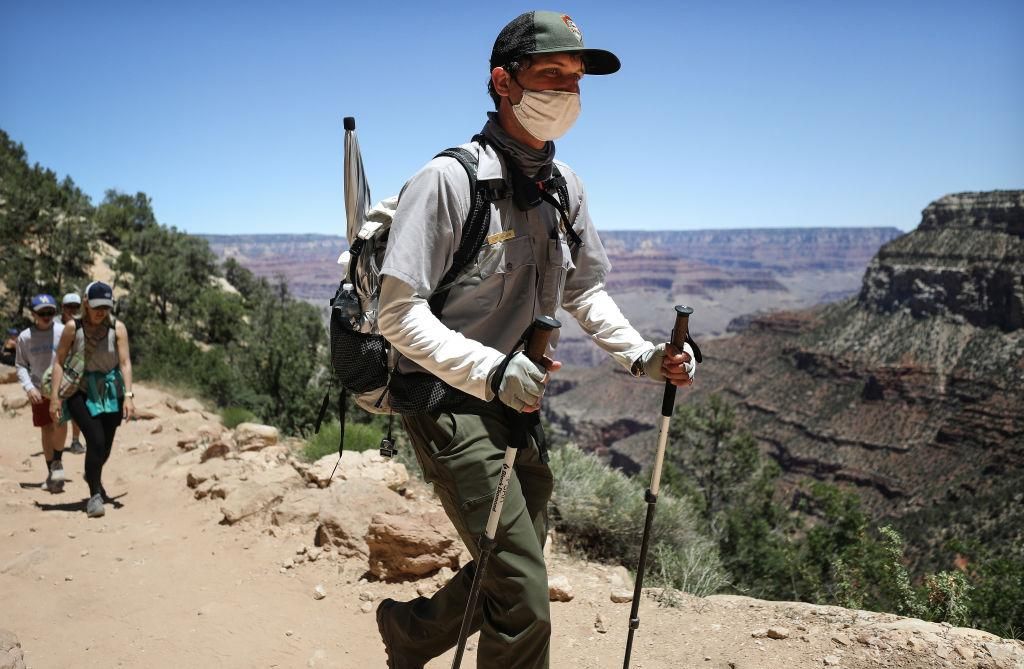
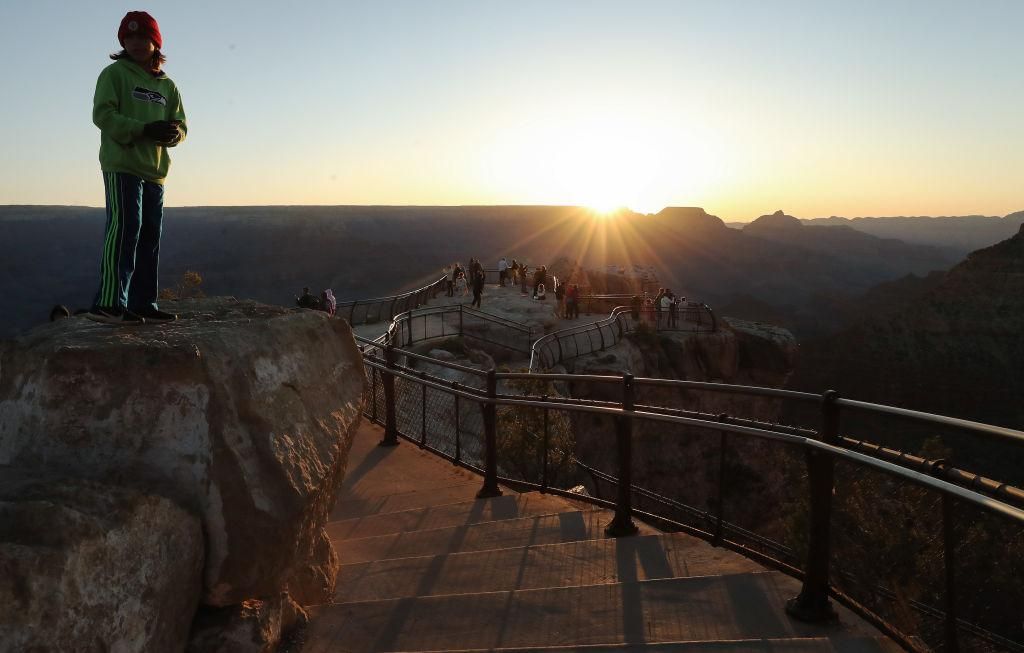
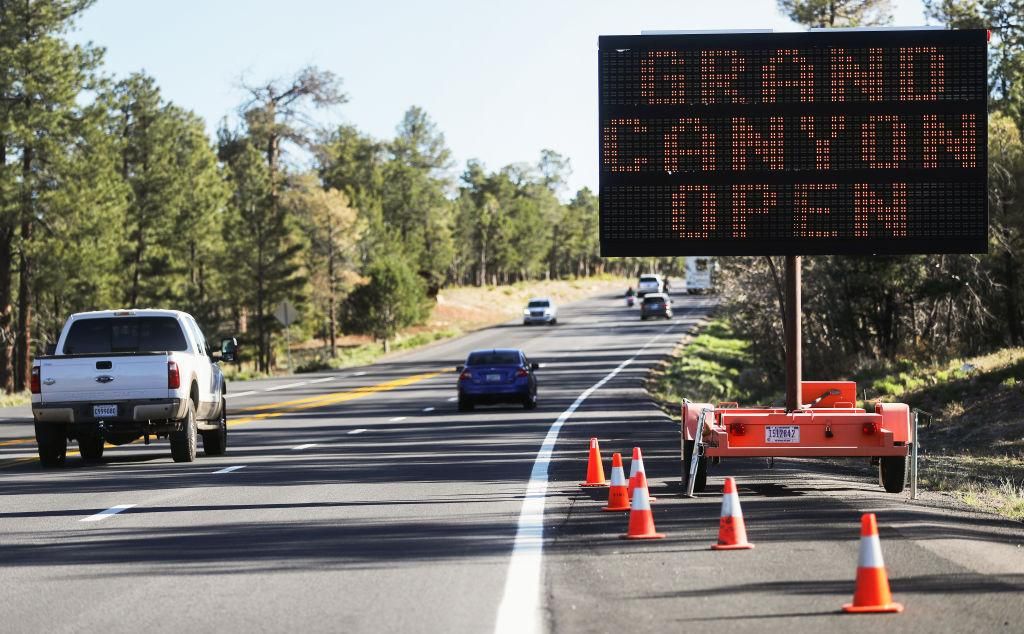
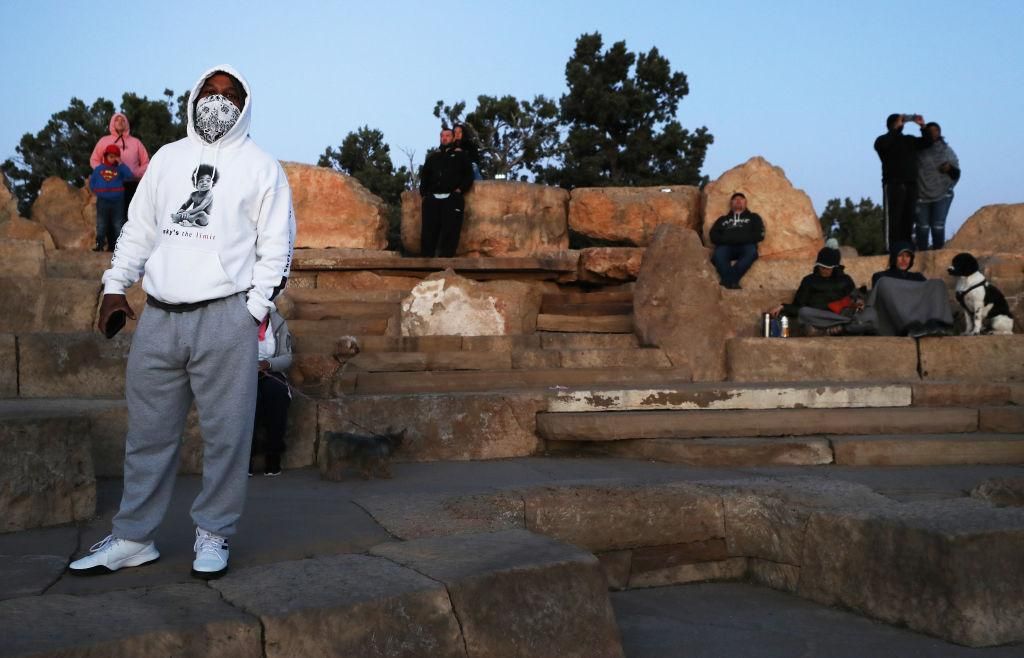
/https://tf-cmsv2-smithsonianmag-media.s3.amazonaws.com/accounts/headshot/jim-morrison-240.jpg)